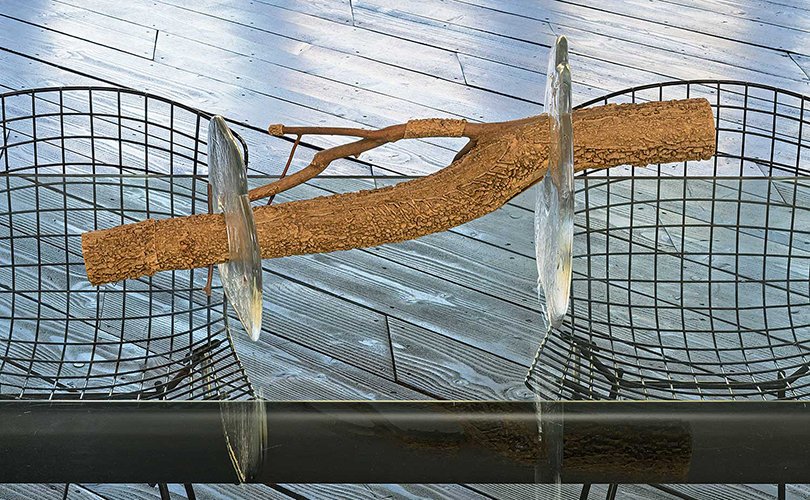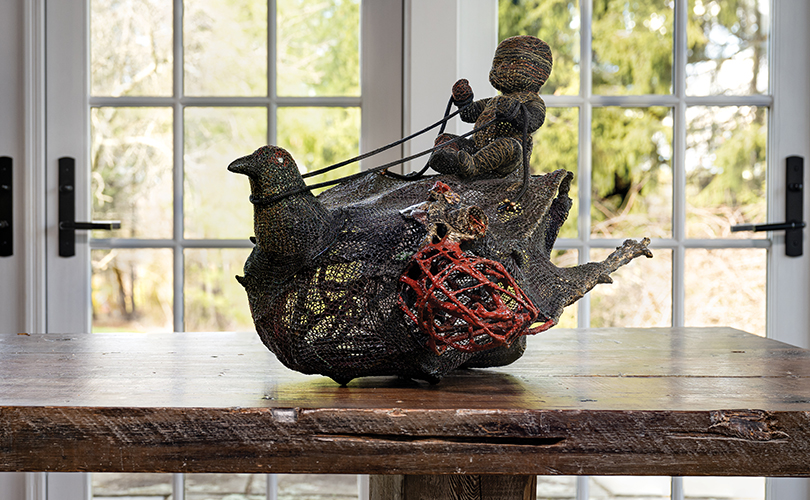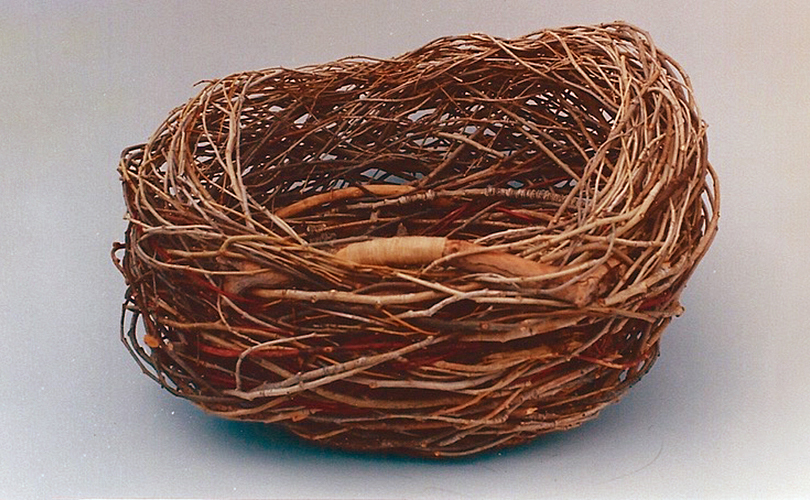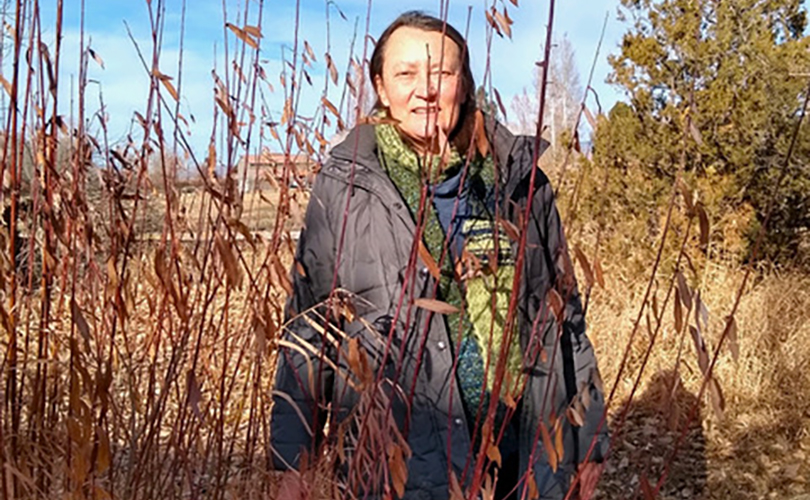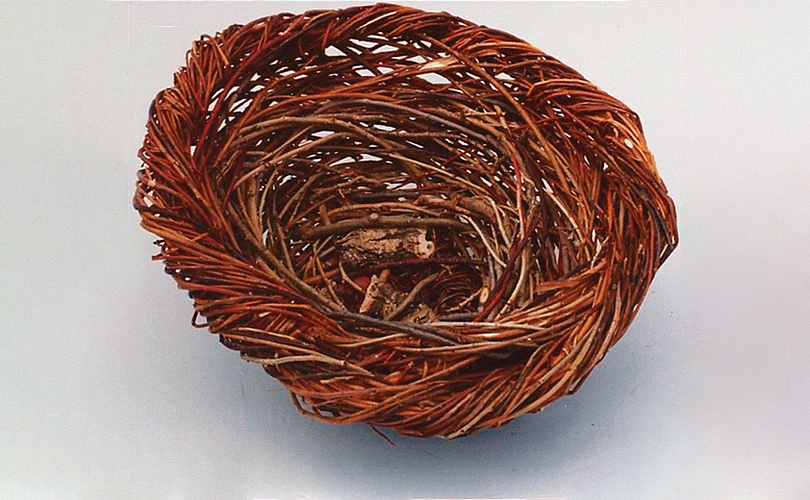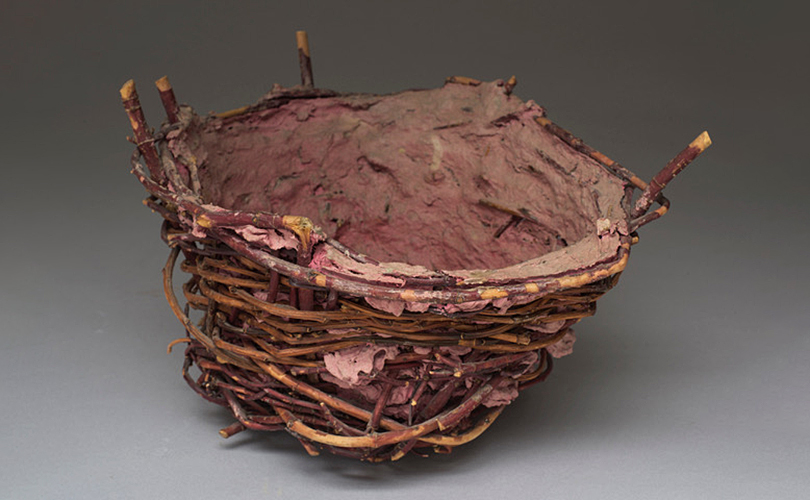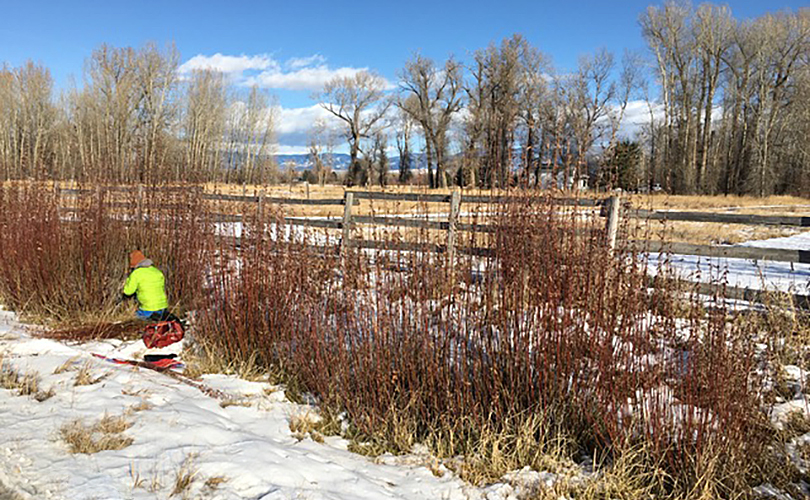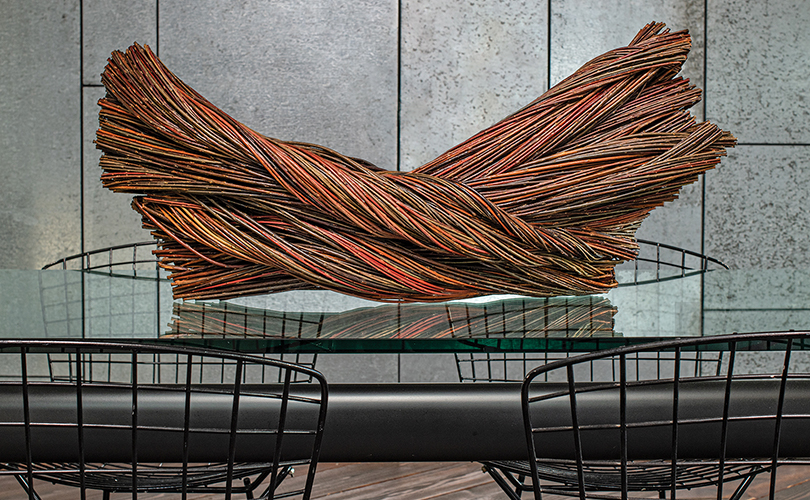
The holiday season is upon us. Beginning with Diwali, winding its way through Thanksgiving, Hannukah, Christmas, Kwanzaa, Boxing Day, and probably others, we’ll arrive at the promise of a New Year. We wish you many celebrations, satisfying meet-ups with family and friends, and moments of cozy comfort and joy over the next few weeks.
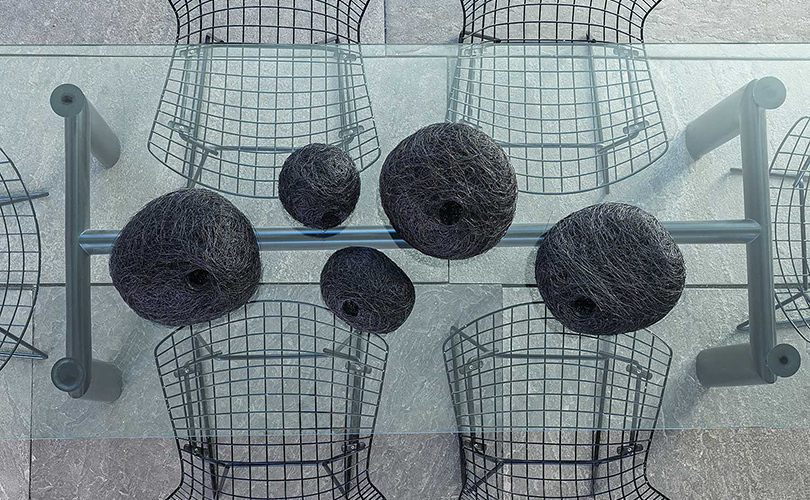
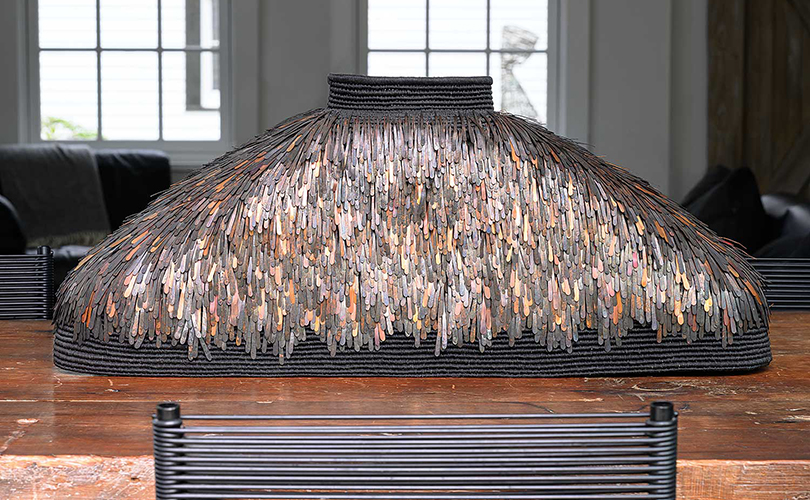
Many of those festivities will include food and drink and maybe games and they’ll take place around a table. On many of those tables there will be a centerpiece of some kind — flowers, candles, and often a work of art. In that spirit, we present several artworks that can grace a a table as well as a pedestal or shelf.
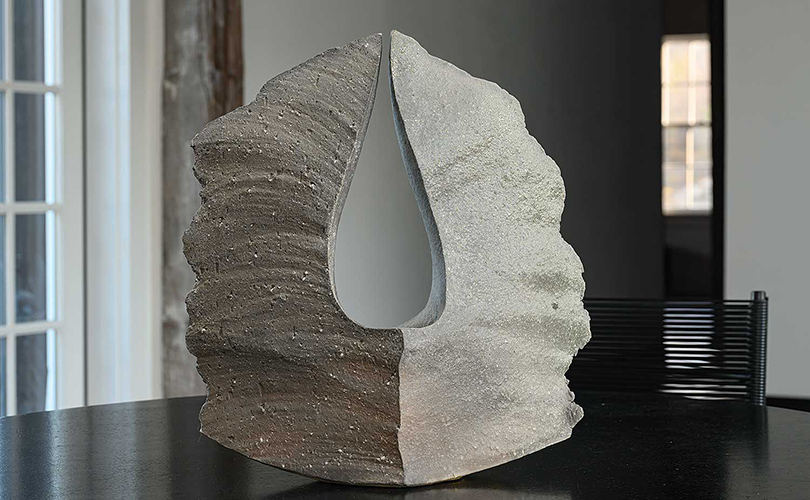
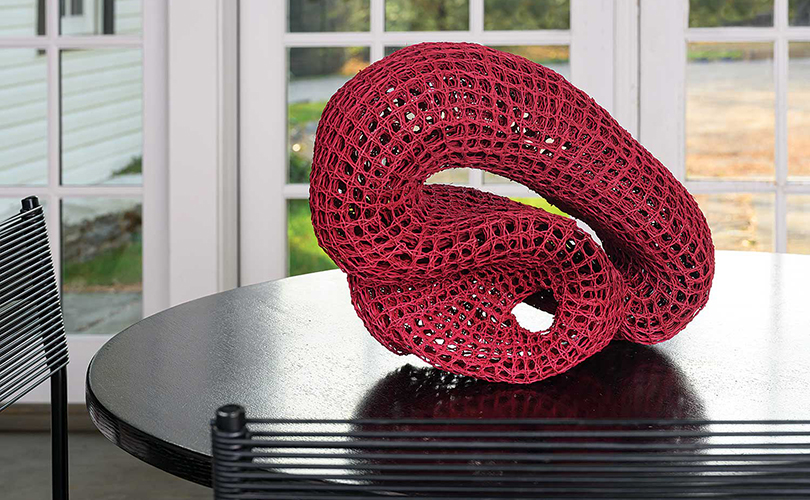
A browngrotta arts, we’ve been considering the transformative power of objects all Fall, their capacity to invoke memory and meaning. Our An Abundance of Objects exhibition can be seen in a Viewing Room on Artsy beginning November 22nd. Like those in The Domestic Plane: a New Perspective on Tabletop Art at the Aldrich Museum in 2019, the items in Abundance celebrate “the hand as means of creation, a formal frame of reference, and for the viewer, a source of both delight and tension …” And sometimes, they enhance our lives just by being beautiful. We wish you a season of as much beauty as you can muster.
